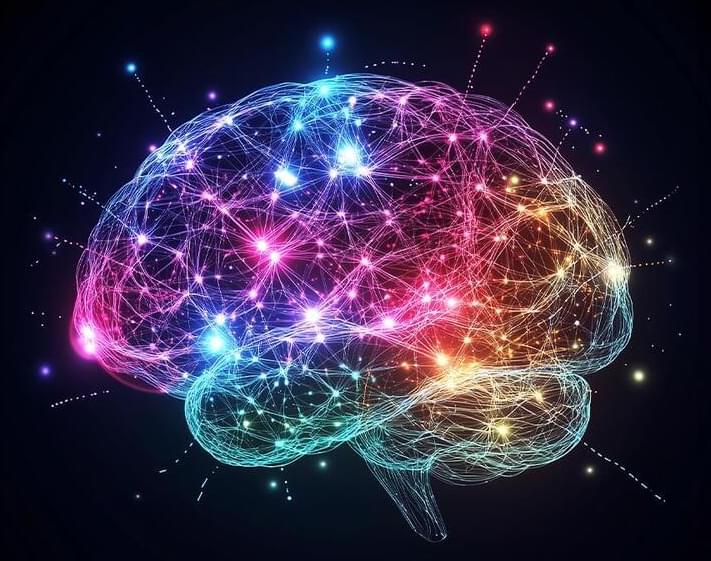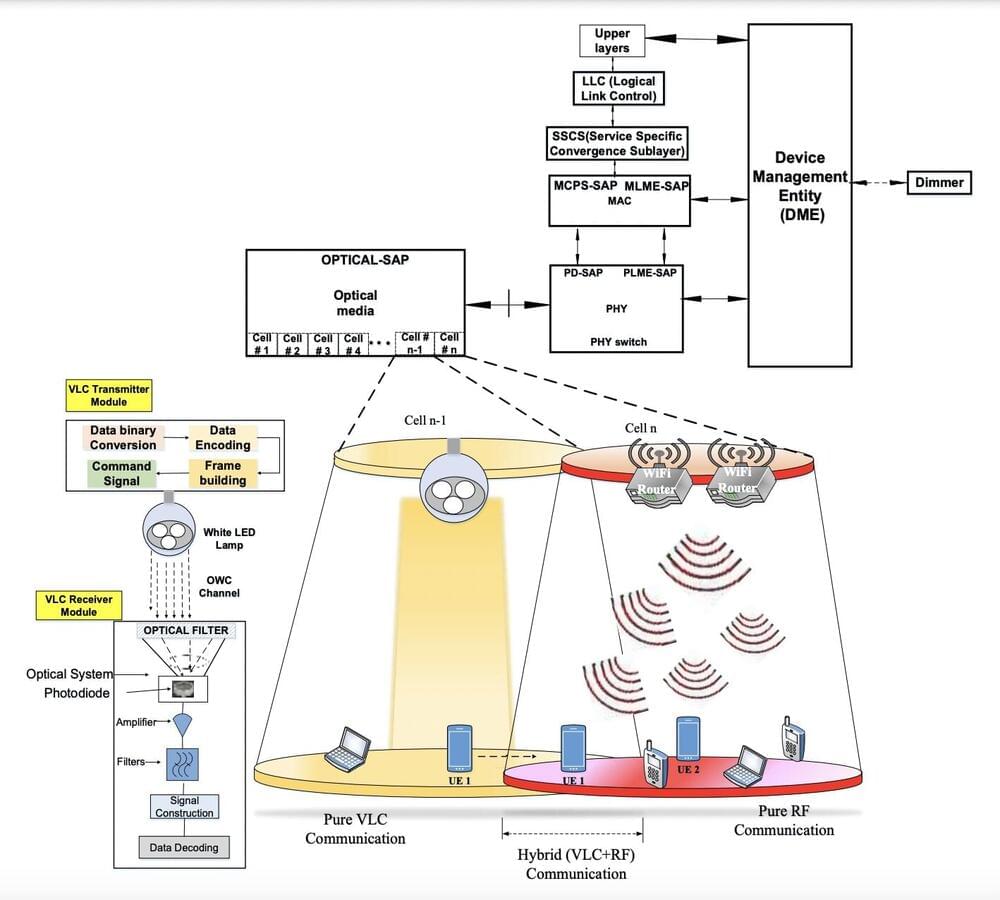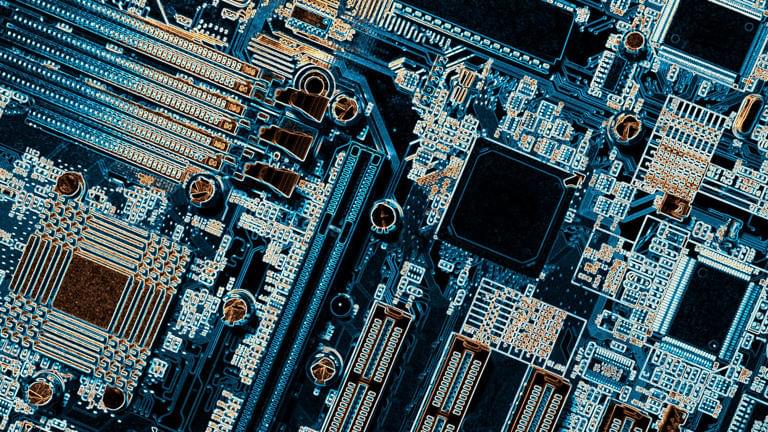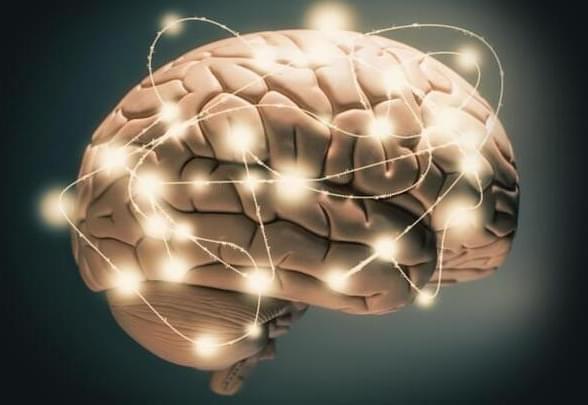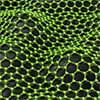New research from the University of Massachusetts Amherst shows that programming robots to create their own teams and voluntarily wait for their teammates results in faster task completion, with the potential to improve manufacturing, agriculture and warehouse automation. The study is published in 2024 IEEE International Conference on Robotics and Automation (ICRA).
This research was recognized as a finalist for Best Paper Award on Multi-Robot Systems at the IEEE International Conference on Robotics and Automation 2024.
“There’s a long history of debate on whether we want to build a single, powerful humanoid robot that can do all the jobs, or we have a team of robots that can collaborate,” says one of the study authors, Hao Zhang, associate professor at the UMass Amherst Manning College of Information and Computer Sciences and director of the Human-Centered Robotics Lab.
